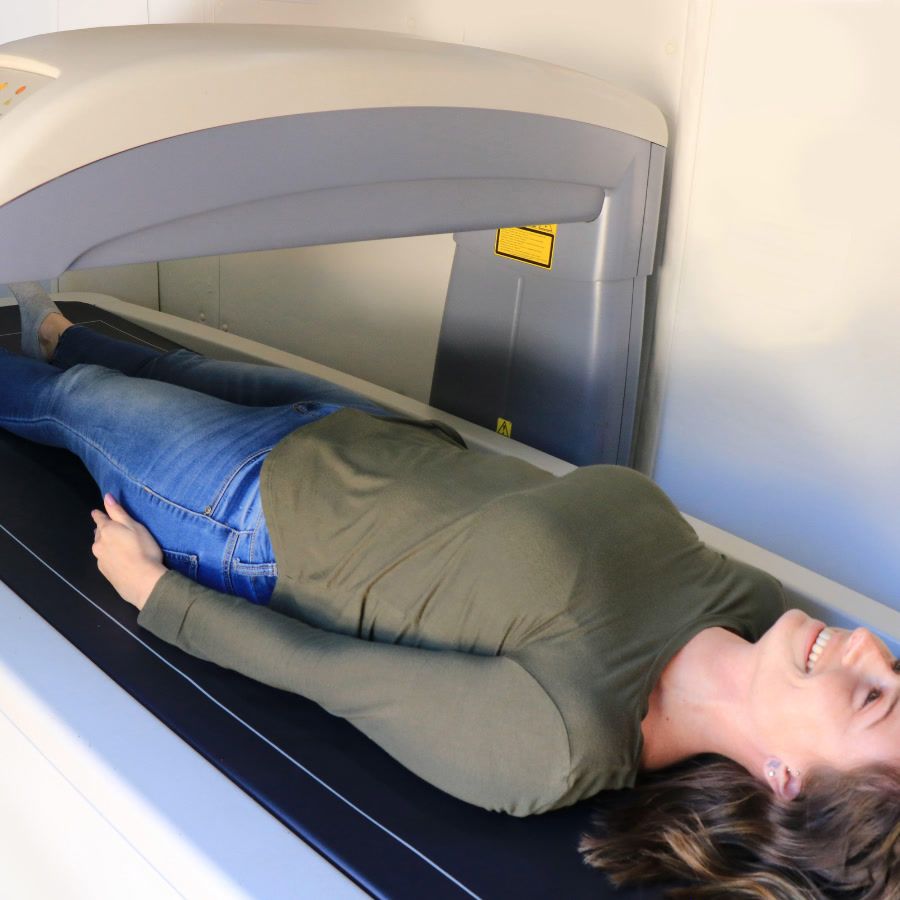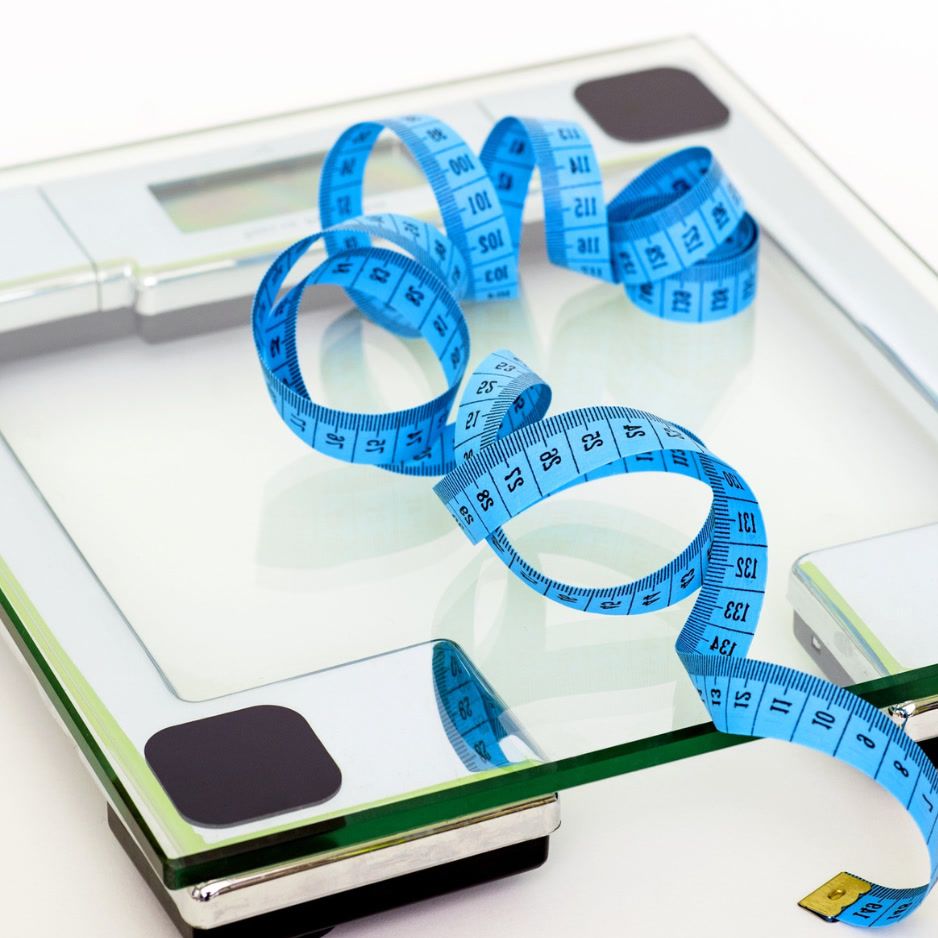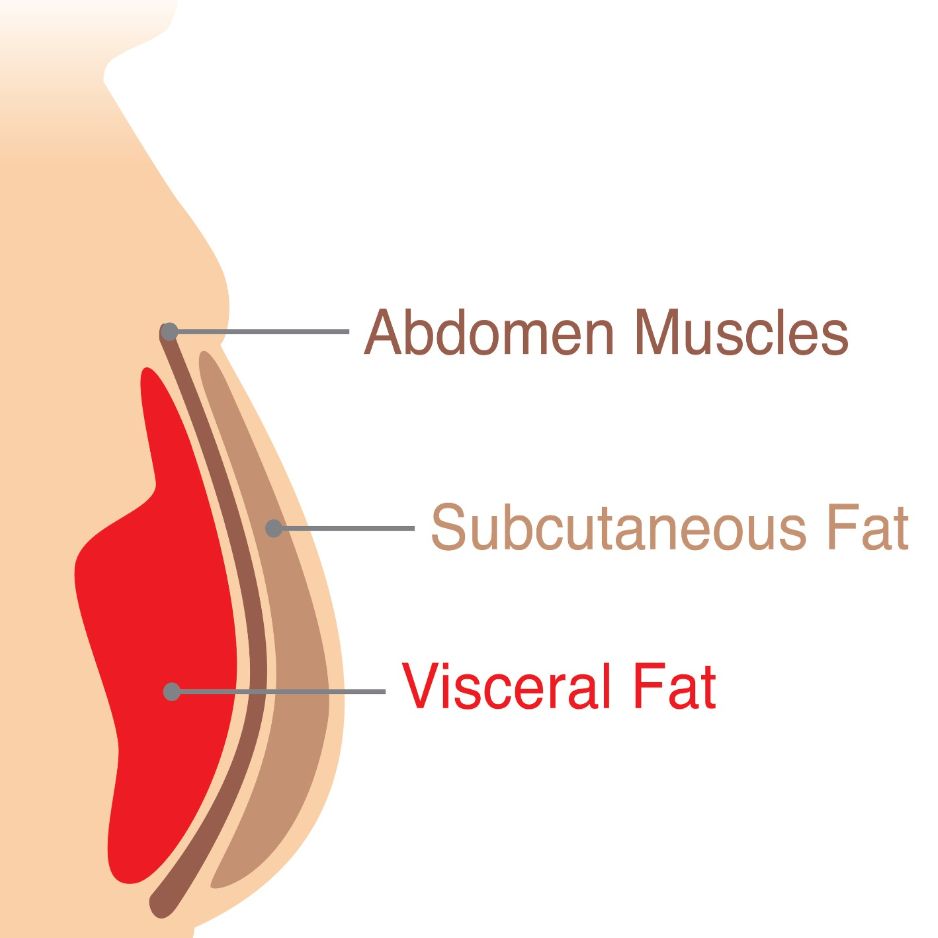75 Hard Challenge: Rules, Benefits, and Alternatives

75 Hard Challenge: Rules, Benefits, Risks, and Science-Backed Alternatives
Introduction
As reported by Fast Company, the hashtag #75Hard has generated well over one billion TikTok views, underscoring its massive reach.
But should you jump in? And how can you track progress in a way that’s grounded in data rather than hype? This guide breaks down every rule, weighs the evidence, and shows how a BodySpec DEXA scan can turn anecdotes into actionable insight.
What Is 75 Hard?
Created by entrepreneur Andy Frisella in 2019, 75 Hard is marketed as a “mental toughness” program rather than a traditional fitness plan. Still, the rules demand daily exercise and strict nutrition adherence. Miss any item, and you restart at Day 1.
The Six Non-Negotiable Rules
| # | Requirement | Quick Example |
|---|---|---|
| 1 | Two 45-minute workouts every day (one must be outdoors) | Morning strength session + evening outdoor walk |
| 2 | Follow a structured diet—no cheat meals or alcohol | Choose keto, Mediterranean, macros, etc. |
| 3 | Drink 1 gallon (3.8 L) of water | ≈16 standard 8 oz glasses |
| 4 | Read 10 pages of a non-fiction, self-improvement book | No audiobooks |
| 5 | Take a daily progress photo | Same lighting & pose helps |
| 6 | Stick to the plan for 75 consecutive days—miss one and restart | Yes, even on holidays |
Why Has 75 Hard Gone Viral?
- Simplicity: Six clear rules, zero wiggle room.
- Community spotlight: Countless user-generated videos and posts document daily progress, creating a rolling wave of testimonials that draw newcomers in.
- Before-and-after photos: The compelling nature of transformation photos provides powerful visual proof and motivation for prospective participants.
- Gamification: The rule requiring a restart upon any deviation introduces a high-stakes, game-like element to the challenge.
- Pandemic timing: Its launch during the early pandemic period resonated with individuals seeking new routines, personal challenges, and a sense of virtual community amidst widespread disruption.
Potential Benefits of 75 Hard (When Done Responsibly)
| Category | Possible Upside | Supporting Insight |
|---|---|---|
| Habit formation | Repeating tasks for 75 days can solidify routines | A landmark study reported a median 66 days to form automatic habits (European Journal of Social Psychology, 2010). |
| Physical fitness | Consistent daily training—when programmed intelligently—can improve VO₂ max and muscular endurance | Higher-frequency exercise programs are associated with significant VO₂ max gains (Sports Medicine, 2015). |
| Hydration & nutrition | Eliminating alcohol and highly processed foods can improve energy and sleep | Registered dietitians at the Cleveland Clinic note benefits from reducing added sugar and alcohol. |
| Mindset | Reading personal-development material and tracking daily goals build self-efficacy | Monitoring progress promotes goal attainment, according to a meta-analysis of 138 studies (Psychological Bulletin, 2015). |
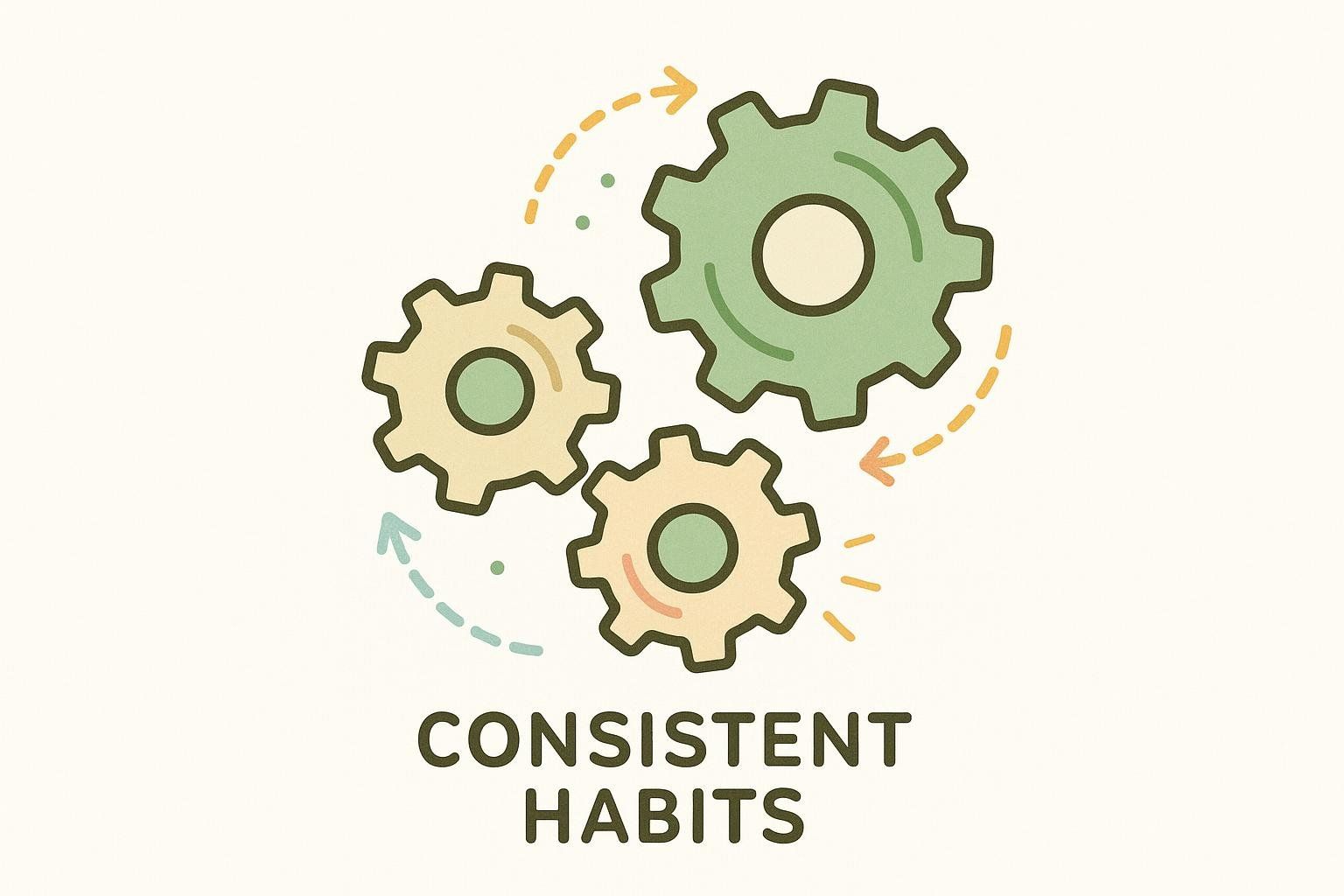
Crucially, benefits hinge on program design. A thoughtful diet and intelligently varied workout routine will always outperform an unsystematic, high-volume approach.
Evidence-Based Reality Check
Most medical experts agree the challenge is motivating yet extreme.
- Cleveland Clinic physicians caution that mandatory twice-daily workouts raise injury risk for beginners.
- Penn State Health highlights the lack of scheduled rest days and elevated risk of burnout.
- Psychologists interviewed by Today.com note that an all-or-nothing framework—where one slip equals failure—can undermine long-term adherence.
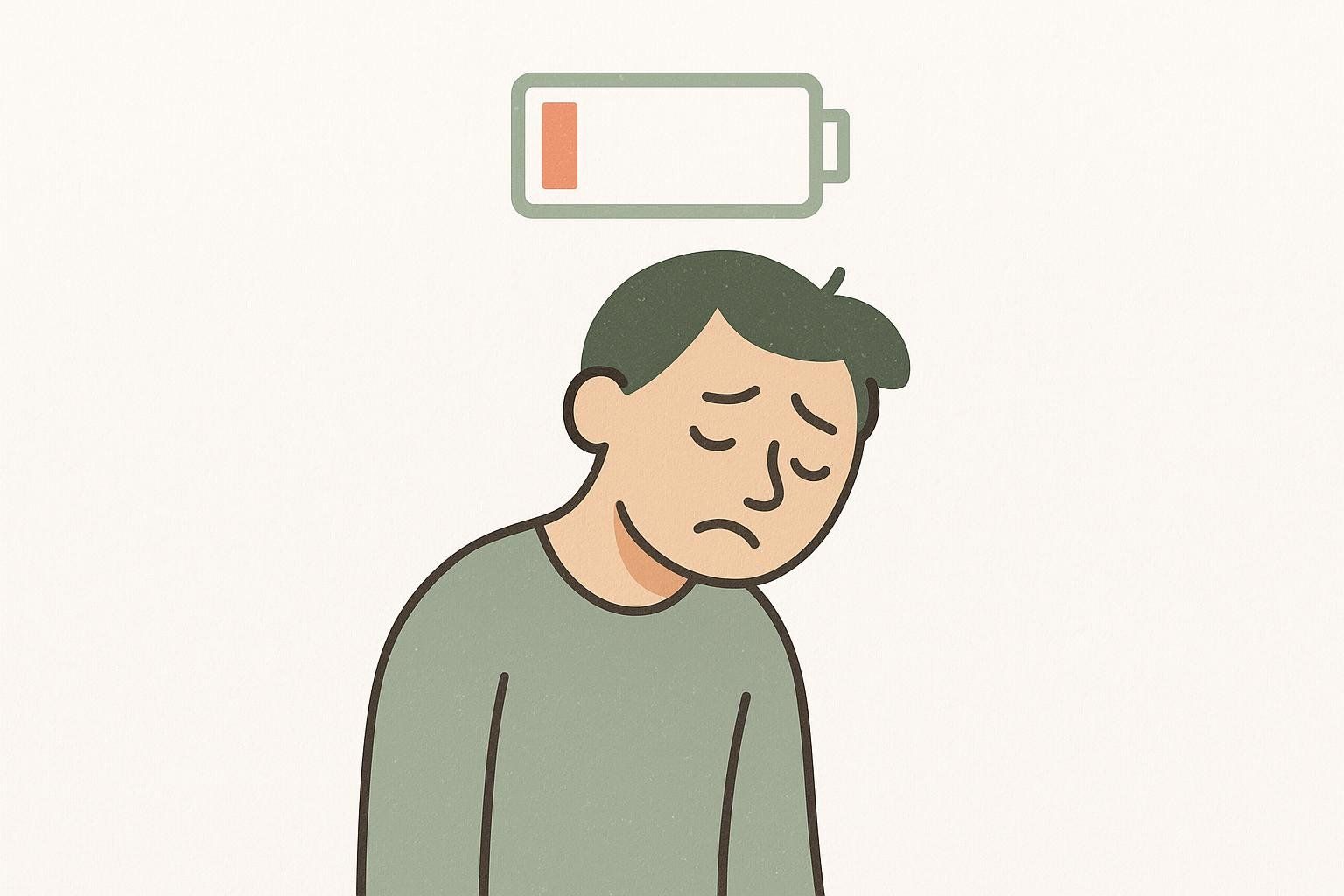
Key Scientific Concerns
- Recovery debt: Muscles often require 24–48 hours to recover neuromuscular function after strenuous resistance training (European Journal of Applied Physiology, 2017). Skipping rest can blunt strength gains.
- Overtraining syndrome: Chronic fatigue, elevated heart rate, mood disturbance—covered in our post on Recognizing the Symptoms of Overtraining.
- One-size-fits-all dieting: A “strict diet” without personalization can create nutrient gaps or energy deficiency, particularly for women.
75 Soft, 75 Medium, and Other Friendlier Alternatives
| Program | Workout Frequency | Diet Flexibility | Rest Days? |
|---|---|---|---|
| 75 Hard | 2 × daily, 45 min each | Zero cheats, no alcohol | No |
| 75 Soft | 1 × workout/day, 45 min | Whole-food focus, alcohol in moderation | Yes—active rest |
| 75 Medium | 2 × workouts but one can be 30 min | High-protein, moderate treats | 1 rest day/week |
| 30-Day Starter | 1 × workout, 30 min | Balanced plate method | Yes |

If you’re coaching clients, these alternatives preserve habit consistency while reducing injury risk.
Habit Science: Making the Challenge Stick
Modern behavior research emphasizes the cue-routine-reward loop as the backbone of habit formation (Wood & Runger, 2016). Below are evidence-based tactics to reinforce each stage:
- Cue (Trigger):
- Anchor workouts to a specific time or event—such as immediately after your morning coffee—to leverage context-dependent memory.
- Place workout clothes beside the bed the night before; visual prompts reduce decision fatigue.
- Routine (Action):
- Follow a periodized training plan that cycles intensity and includes mobility work. Variety keeps the routine challenging yet sustainable.
- Use “implementation intentions” (e.g., If it’s 6 p.m., then I will start my outdoor walk) shown to increase exercise adherence by up to 91 % (Health Psychology, 2019).
- Reward (Feedback):
- Track objective metrics—DEXA fat-mass changes, workout logs, resting heart rate—to provide concrete evidence of progress.
- Celebrate micro-milestones every 10 days to reinforce neural reward pathways without derailing commitment.
For a deeper dive into the neuroscience of habit loops, see our article on Breaking Bad Habits: The Science of Habit Formation in Fitness.
Strategies for Success: How People Actually Finish 75 Hard
The program’s attrition rate is high, but completers share a handful of common behaviors. Borrow these best practices to tilt the odds in your favor:
- Plan workouts a week in advance.
- Batch-schedule gym sessions and outdoor walks so time conflicts don’t derail you.
- Keep at least one daily workout low-impact (e.g., Zone 2 cycling, mobility flow) to protect joints while still meeting the requirement.
- Meal-prep every 3–4 days.
- Pre-portion protein sources and vegetables to prevent making suboptimal food choices due to hunger late in the evening.
- Stock emergency rule-compliant snacks—think Greek yogurt cups or pre-cut fruit.

- Use visible tracking tools.
- Hang a 75-day calendar on the fridge and cross off completed days.
- Download a habit-tracker app or print a simple 75-day checklist to provide immediate positive reinforcement and maintain motivation.
- Set hydration alarms.
- Four 32-oz water-bottle fills get you to a gallon. Program phone timers at 10 a.m., 1 p.m., 4 p.m., and 7 p.m.
- Add a pinch of sea salt or an electrolyte tablet to one bottle to maintain mineral balance.
- Recruit an accountability partner.
- Studies show that text-based support can significantly boost adherence in health behavior change initiatives—even outside fitness contexts (Journal of Medical Internet Research, 2021).
- Pair up for at least one outdoor walk per week to combine social support with sunlight.

- Prioritize sleep and recovery.
- Aim for 7–9 hours of sleep; schedule outdoor sessions earlier to avoid late-night cortisol spikes.
- Incorporate foam rolling, stretching, or a mobility flow session as your second workout on high-intensity days.
- Book pre- and post-challenge DEXA scans.
- Scheduling both appointments upfront creates sunk-cost accountability.
- Seeing objective changes in fat-mass vs. lean-mass ratios keeps motivation high—even when scale weight plateaus.
Tracking Progress: Why a DEXA Scan Beats Mirror Selfies
Daily photos are motivating, but they can’t quantify whether you’re losing fat or lean mass. A BodySpec DEXA scan provides:
- Body-fat percentage accurate to ±1–2 %.
- Lean-mass mapping—see if twice-a-day workouts are building or burning muscle.
- Visceral-fat score to gauge cardiometabolic risk.
- Bone-density metrics—important when dramatic diet cuts risk nutrient deficiencies.
For details, explore our DEXA Body Scan guide.
Frequently Asked Questions
Q: Do both workouts have to be intense?
A: No. Many participants lift weights in the morning and opt for an easy outdoor walk later to enhance recovery.
Q: Can I count electrolyte drinks toward the gallon of water?
A: Unsweetened electrolyte drinks can count toward total fluid intake, but aim for primarily water-based beverages.
Q: Is 75 Hard safe for beginners?
A: Health professionals typically recommend starting with a scaled version—such as one workout per day—and prioritizing good form.
Q: I missed Day 43—do I really restart?
A: According to the official 75 Hard rules set by its creator, any missed task requires you to restart from Day 1. Some individuals, however, choose to adapt the program and continue despite a slip to focus on continuous habit building. If you decide to modify the rule, recognize that this deviates from the original challenge design.
Key Takeaways
- 75 Hard’s appeal lies in its simplicity and online community, but its rigidity can backfire.
- Evidence supports consistent exercise and nutrition—not necessarily extreme volume.
- Scaled versions (75 Soft/Medium) preserve accountability while lowering injury risk.
- Objective tracking—BodySpec DEXA scans, wearables, structured logs—turns the challenge into actionable insight.
Ready to See Real Progress?
Schedule a DEXA scan at BodySpec before and after the challenge to measure fat loss, muscle gain, and visceral-fat changes with clinical-grade precision. Book your pre-challenge appointment today and turn Day 1 into hard data. Share your journey by tagging @BodySpec and using #BodySpec75—we regularly highlight inspiring stories from our community.
